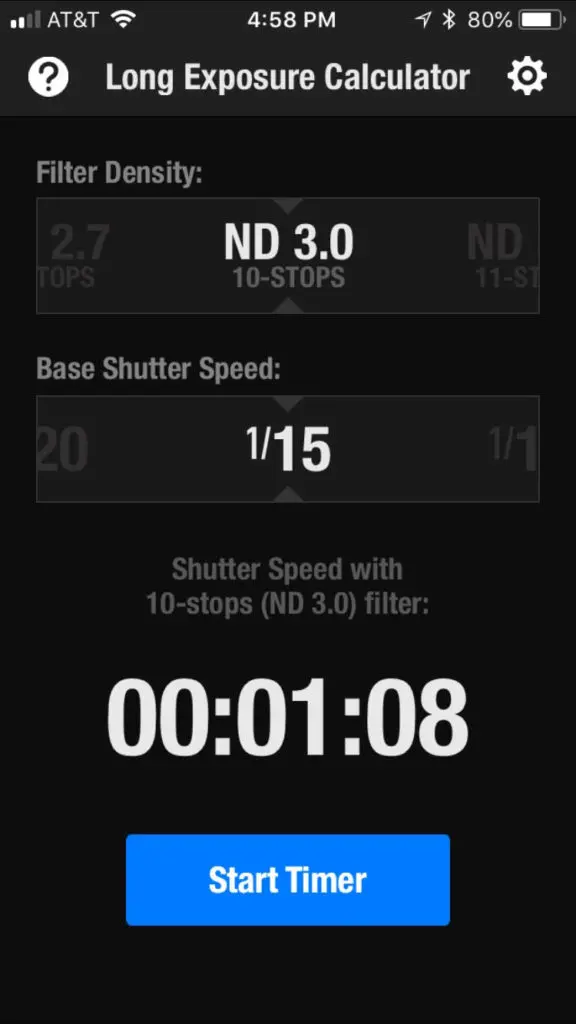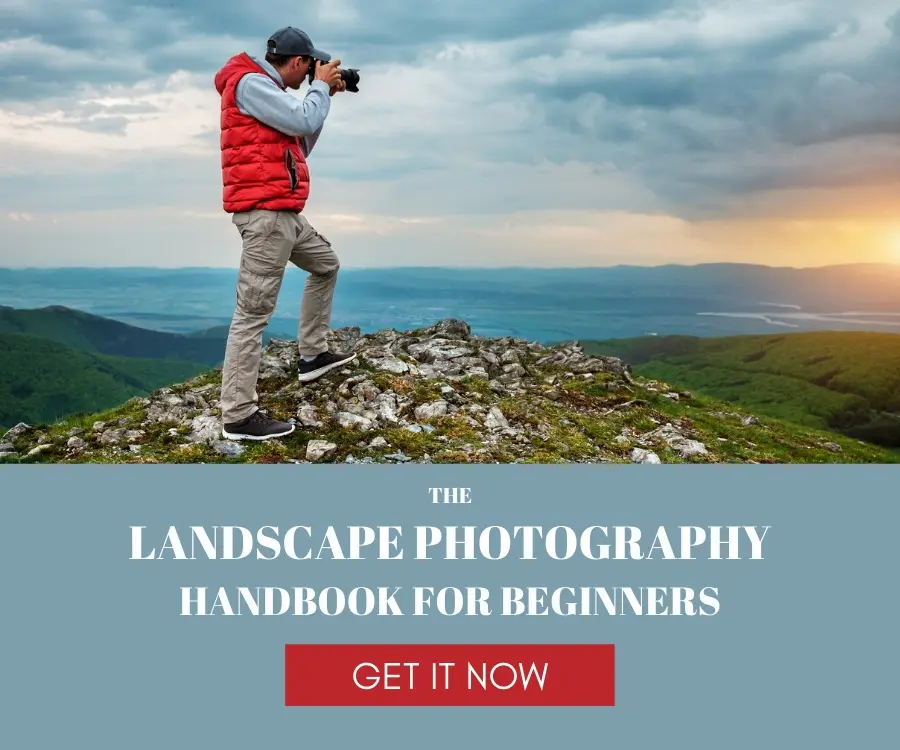5 Useful Long Exposure Tips For Taking Amazing Photos
Long exposure photography is a fun and creative way to capture beautiful landscape and nature images. It takes a little time to learn. So here are some useful long exposure tips to help you get some impressive shots.
1. Cover Your Viewfinder To Prevent Light Leak
Light leak is when light is able to enter the body of your camera through a location other than your lens causing a glare to be overlaid on your final image. It can ruin an otherwise perfect long exposure shot.
The most common place for light leak to occur is through your camera’s viewfinder. So you’ll want to cover that up with something.
Many DSLRs come with a plastic cover you can slide over the viewfinder.
But here are some other things you can use while taking a long exposure photo:
- Electrical tape
- Baseball cap
- Built-in viewfinder shade like on my Nikon D500
2. Use A Remote Trigger To Minimize Camera Shake
Long exposure photography requires that your camera stay absolutely still. Otherwise, you’ll get a blurred image.
Some people use their camera’s timer setting to make sure their hand isn’t on the camera during shutter release. But I prefer to use a remote trigger.
Here are my favorite remote triggers to use for long exposure photo shoots:
3. Use A Mobile App To Dial In Your Long Exposure Settings
Sometimes it’s hard to figure out how long you need to keep your shutter open for a long exposure photograph. You might know what neutral density filter to use and what your base shutter speed would be without the filter. So how do you determine the amount of time to keep your shutter open?
Use a mobile app like Long Exposure Calculator. Simply choose the ND filter you want to use and select your base shutter speed. The app automatically calculates how long your exposure needs to be. It even gives you a timer you can activate so you know exactly when to stop your exposure. Super helpful for exposures over a minute long!
4. Stack ND Filters If You Need A Slower Shutter Speed
Sometimes using one ND filter isn’t enough. If there’s too much light to allow you to slow your shutter speed down to the length of time you want, you’ll need to stack your neutral density filters.
The easiest way to do this is by using an ND filter kit with flat panel filters that slide in and out of a holder that mounts to the front of your lens. This is much faster than having to screw your filters on and off of your lens.
I use the Lee Filters Ultimate Landscape Kit.
5. Experiment With Nighttime And Daytime Shots For A Wide Range Of Possibilities
As you’re learning how to take long exposure photos, it’s tempting to stick with the same type of shot. But experimenting with a variety of long exposure ideas will lead you to knew and beautiful worlds. Of course, you’ll need to know how to use manual camera settings.
Make the most of your ND filters by getting creative in what you shoot:
- Make moving clouds appear soft
- Smooth out waves and choppy water
- Make waterfalls look milky and dreamlike
- Turn car headlights into streaks of color
- Blur moving tourists or even make them disappear
- Capture lightning from a thunderstorm
Need some inspiration? Check out two of my favorite photographers:
Cate Brown
Cate took me on a lighthouse photo tour in Rhode Island last summer. Super friendly and very smart behind a lens. She gave me a bunch of long exposure tips that have helped improve my shots.
Besides long exposure, Cate’s an accomplished ariel photographer and has a knack for using selective focus in landscape photography that’s unlike anything I’ve seen.
Here’s a couple of long exposure shots (and otherwise) from Cate that I love.
Mat Reynolds
Mat is a master of long exposure. Like Cate, he’s based in New England. And he takes full advantage of the abundance of historic lighthouses. But he’s also a well traveled man. And when he’s on vacation, he likes to find an interesting subject and keep returning until he’s found the perfect shot.
Here’s some of my favorites from Mat.
What Long Exposure Tips Do You Have?
Schubert Photography is a community of landscape photography learners. So if you’ve got long exposure tips you use when you’re out in the field, share them with everyone in the comments below.
Happy shooting!
Check out this extensive list of camera accessories for extra help with your long exposure shots.




